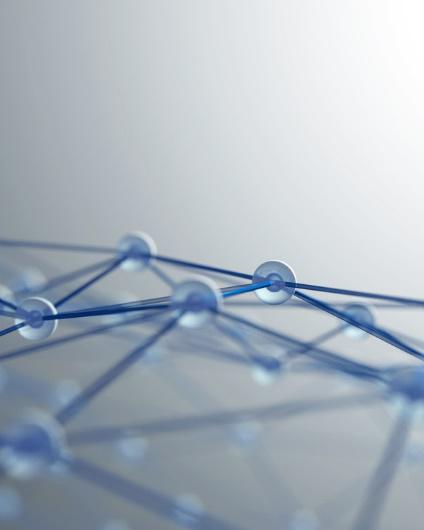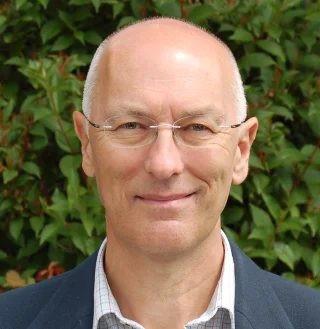網絡研討會:微孔聚合物及其膜應用
日期
Mon 8 January 2024(2024年1月8日,星期一)
時間
14:00 GMT | 15:00 CET | 9:00 EST(22:00 北京時間)
時長
1 Hour Incl. Live Q&A

2024年英國SMS第一個網絡研討會將邀請吸附領域的一位巨頭為膜應用中特定聚合物的使用提供關鍵見解。
曼徹斯特大學化學系的Peter M. Budd教授將與我們一起探討他的研究進展,探討內在微孔聚合物(PIMs)在膜應用中的潛力。
通過研究具有改善長期性能和增強滲透性的材料,可以解決氣體分離、碳捕獲和能源效率面臨的關鍵問題。
免費注冊鏈接:

Prof. Peter Budd
Department of Chemistry,
The University of Manchester
ABSTRACT
Polymers of Intrinsic Microporosity and their Membrane Applications
Prof. Peter M. Budd
Department of Chemistry, University of Manchester
It has been estimated that 10-15% of world energy consumption goes into the separation of molecular mixtures, often using energy-hungry processes such as distillation.1 Membranes – thin films that act as selective barriers – offer the prospect of energy efficient separations for many uses, including the supply of pure water, the removal of greenhouse gases, and the manufacture of many of life’s necessities. Researchers are seeking to
develop membrane materials that can be tailored to give an optimum combination of permeability and selectivity for specific applications.
Polymers of intrinsic microporosity (PIMs) are glassy polymers which possess high free volume and high internal surface area as a consequence of their relatively rigid, contorted macromolecular backbones.
2 They comprise fused ring sequences interrupted by spiro- centres or other sites of contortion. PIMs have a high affinity for gases such as carbon dioxide, and for small organic species. PIMs are being investigated as membrane
materials for a variety of separation processes, including gas separations (e.g., carbon dioxide capture) and organophilic liquid separations (e.g., bioalcohol recovery).
In recent years there has been significant research on PIM-based membranes aimed at enhancing selectivity, increasing permeability and improving the long-term performance. This includes (1) new polymer synthesis, (2) manipulation of polymer topology, (3) chemical post-modification of precursor polymers, (4) thermal or ultraviolet treatment of membranes,
(5) formation of polymer blends and (6) the addition of various types of filler to form mixed matrix membranes.
References
1. D.S. Sholl and R.P. Lively, Seven chemical separations to change the world, Nature, 216,
532,435-437. DOI: 10.1038/532435a
2. F. Topuz, M.H. Abdellah, P.M. Budd and M.A. Abdulhamid, Advances in Polymers of Intrinsic Microporosity (PIMs)-Based Materials for Membrane, Environmental,
Catalysis, Sensing and Energy Applications, Polym. Rev., 2023.
DOI: 10.1080/15583724.2023.2236677
Website
https://personalpages.manchester.ac.uk/staff/Peter.Budd/
上一條: 藥物比表面積的研究